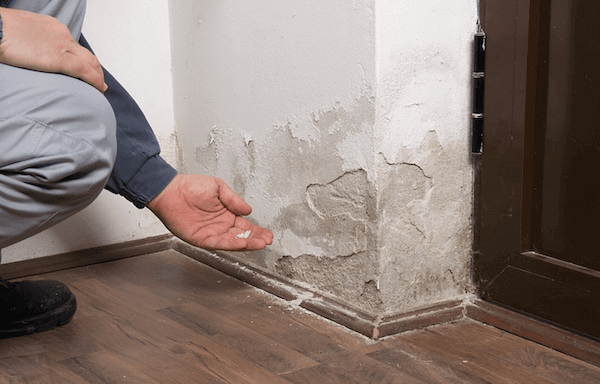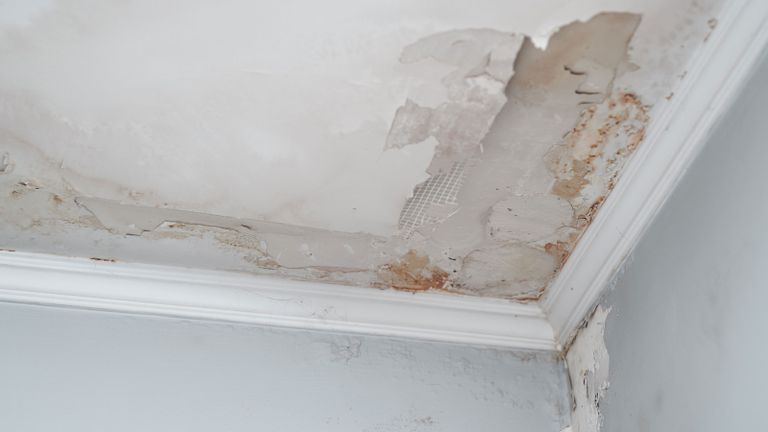Do's and also Don'ts Throughout Water Damage Emergencies.
Do's and also Don'ts Throughout Water Damage Emergencies.
Blog Article
The article down below pertaining to Reducing Your Risk Of Water And Fire Damage At Home is highly remarkable. Don't miss out on it.

Water gives life, water breach on parts where it's not expected to be can result in damages. It can peel away surface areas and also wear down the structure if the water saturates into your structure. Mold and mildew and mildew likewise thrive in a moist setting, which can be hazardous for your health and wellness. Residences with water damages smell old and mildewy.
Water can come from many resources such as typhoons, floods, ruptured pipelines, leakages, and sewer concerns. In case you experience water damages, it would certainly be good to understand some safety and security precautions. Right here are a couple of standards on just how to deal with water damage.
Do Prioritize Residence Insurance Protection
Water damage from flooding because of heavy winds is seasonal. You can additionally experience an abrupt flooding when a malfunctioning pipe all of a sudden breaks right into your residence. It would be best to have residence insurance policy that covers both disasters such as all-natural tragedies, and also emergency situations like damaged plumbing.
Don't Neglect to Turn Off Energies
This cuts off power to your entire house, preventing electric shocks when water comes in as it is a conductor. Don't neglect to turn off the main water line shutoff.
Do Stay Proactive and also Heed Weather Condition Alerts
Tornado floods can be really unforeseeable. If there is a history of flooding in your area, stay aggressive as well as prepared. Pay attention to emptying warnings if you live near a creek, lake, or river . Secure valuables from the first stage and basement, after that put them on the highest feasible degree. Doing so decreases prospective home damages.
Don't Overlook the Roof
You can prevent rain damage if there are no holes and also leakages in your roofing system. This will protect against water from flowing down your walls as well as saturating your ceiling.
Do Take Note Of Tiny Leaks
A ruptured pipeline doesn't happen over night. You might notice bubbling paint, peeling wallpaper, water touches, water stains, or leaking noises behind the walls. Have your plumbing repaired before it results in huge damage.
Do Not Panic in Case of a Burst Pipeline
Keeping your presence of mind is crucial in a time of situation. Due to the fact that it will suppress you from acting fast, worrying will only worsen the problem. When it involves water damage, timing is vital. The longer you wait, the even more damage you can anticipate. Therefore, if a pipeline bursts in your home, quickly turned off your primary water shutoff to cut off the source. Disconnect all electric outlets in the location or turn off the circuit breaker for that part of the home. Call a reliable water damage repair professional for assistance.
Water gives life, water intrusion on components where it's not intended to be can result in damages. Residences with water damages scent musty and old.
Water damage from flood dues to hefty winds is seasonal. You might see gurgling paint, peeling wallpaper, water streaks, water discolorations, or trickling audios behind the wall surfaces. When it comes to water damages, timing is vital.
Some Do's & Don't When Dealing with a Water Damage
DO:
Make sure the water source has been eliminated. Contact a plumber if needed. Turn off circuit breakers supplying electricity to wet areas and unplug any electronics that are on wet carpet or surfaces Remove small furniture items Remove as much excess water as possible by mopping or blotting; Use WHITE towels to blot wet carpeting Wipe water from wooden furniture after removing anything on it Remove and prop up wet upholstery cushions for even drying (check for any bleeding) Pin up curtains or furniture skirts if needed Place aluminum foil, saucers or wood blocks between furniture legs and wet carpet Turn on air conditioning for maximum drying in winter and open windows in the summer Open any drawers and cabinets affected for complete drying but do not force them open Remove any valuable art objects or paintings to a safe, dry place Open any suitcases or luggage that may have been affected to dry, preferably in sunlight Hang any fur or leather goods to dry at room temperature Punch small holes in sagging ceilings to relieve trapped water (don't forget to place pans beneath!); however, if the ceiling is sagging extremely low, stay out of the room and we'll take care of it DO NOT:
Leave wet fabrics in place; dry them as soon as possible Leave books, magazines or any other colored items on wet carpets or floor Use your household vacuum to remove water Use TV's or other electronics/appliances while standing on wet carpets or floors; especially not on wet concrete floors Turn on ceiling fixtures if the ceiling is wet Turn your heat up, unless instructed otherwise

I'm certainly very curious about Safety Tips To Prevent Fire And Water Damage and I hope you enjoyed the new piece. Do you know someone else who is very much interested in Reducing Your Risk Of Water And Fire Damage At Home? Be sure share it. Many thanks for your time. Kindly stop by our website back soon.
Report this page